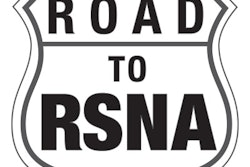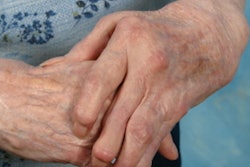Bleeding is the most common -- and dangerous -- complication of esophageal varices, noted presenter Dr. Paulina Cueva of Hospital Carlos Andrade Marín in Quito, Ecuador, and colleagues. Typically this condition is diagnosed by upper digestive endoscopy, an invasive procedure. The researchers sought to evaluate the diagnostic performance of shear-wave elastography to assess high-risk esophageal varices in patients with cirrhosis.
The study included 100 patients recently diagnosed with cirrhosis who were evaluated with upper-abdomen ultrasound, hepatic Doppler, liver elastography, and upper-digestive endoscopy and who met the following criteria: no history of digestive bleeding, no treatment with beta-blockers, and no thrombosis. Patients underwent shear-wave elastography of the spleen and were classified as having no enlarged esophageal veins, low-risk veins, or high-risk veins.
Cueva's group found that spleen elastography was a good predictive study of the presence of high-risk esophageal varices (area under the receiver operating curve, 0.84), with a sensitivity of 90.9%.
"Splenic elastography demonstrated sensitivity and specificity values similar to the ones published in international studies with adequate correlation with endoscopy for diagnosing high-risk esophageal varices," the group concluded.



















